Blue-fronted Amazon parrot babies, like most parrot species, hatch from eggs after a period of incubation. They are initially helpless and require significant parental care. After hatching, they grow rapidly, developing from tiny, downy chicks to fully fledged birds ready to leave the nest. The process of development includes gaining strength, learning to stand, and eventually fledging (leaving the nest) after a period of weeks.
-
Eggs and Incubation:
Blue-fronted Amazon parrots typically lay a clutch of 2-3 eggs. The female incubates the eggs for about 26-28 days.
-
Hatching and Early Development:
Baby Blue-fronted Amazon parrots hatch with a thin layer of down and are initially unable to stand or hold their heads up. They are completely dependent on their parents for food and care.
-
Growth and Fledging:
Over several weeks, the chicks grow, their feathers develop, and they become stronger and more mobile. After 8-12 weeks, they are fully fledged and ready to leave the nest.
-
Weaning:
Weaning, the process of transitioning from parental feeding to independent eating, begins around the time the chicks are 14 weeks old.
-
Socialization and Independence:
Young Blue-fronted Amazon parrots need to be exposed to a variety of situations early in life to become well-adjusted and socialized. This includes handling novel situations and interacting with other animals.
-
Diet:
Baby Blue-fronted Amazon parrots are fed by their parents, who regurgitate food for them. In captivity, hand-reared chicks are often fed a diet of specially formulated parrot formula, pellets, fruits, and vegetables.
-
Health:
It’s important to ensure that baby Blue-fronted Amazon parrots are healthy and free from disease. Reputable breeders and rescue organizations can provide valuable information about the bird’s health and history.
-
Socialization:
Early socialization is crucial for Blue-fronted Amazon parrots to develop into well-adjusted, social, and affectionate pets.
-
Breeding:Blue-fronted Amazon parrots are monogamous and breed seasonally, typically in late winter or spring. Breeding in captivity can be challenging, and it’s important to provide a suitable environment and proper care for breeding pairs.Blue-fronted Amazon Parrot Babies-Blue-fronted Amazon Parrot babies
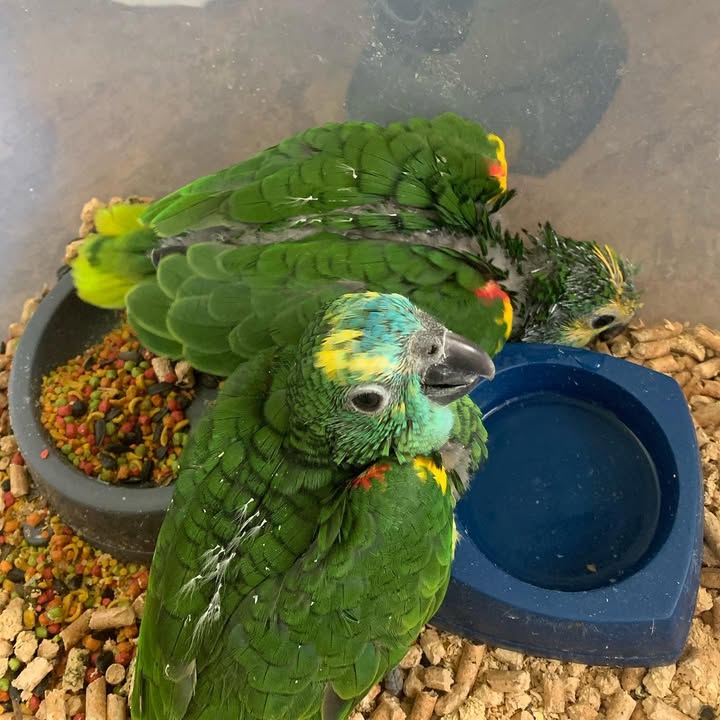
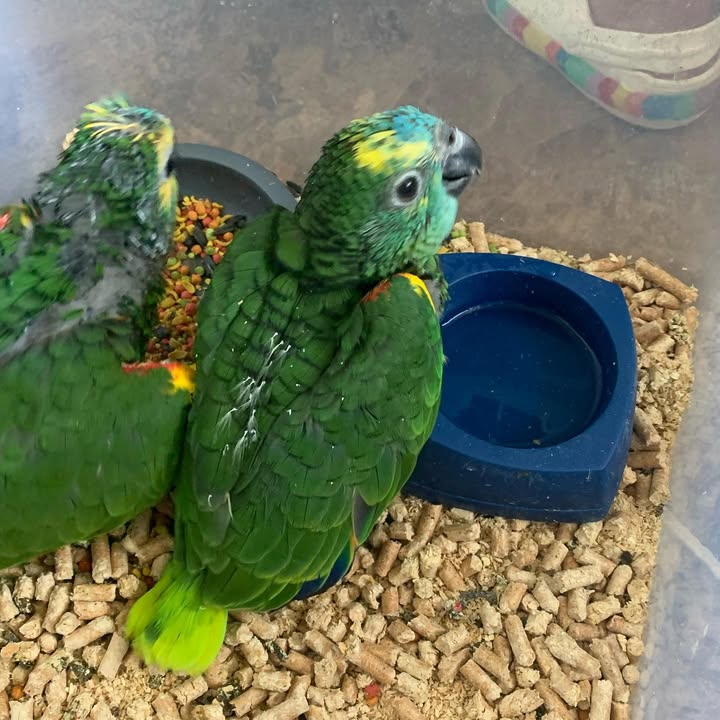
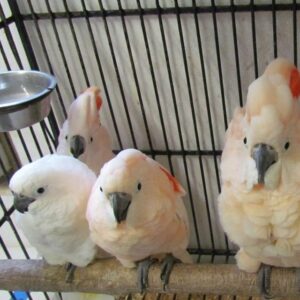
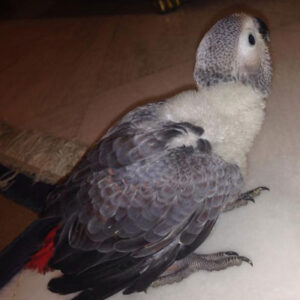
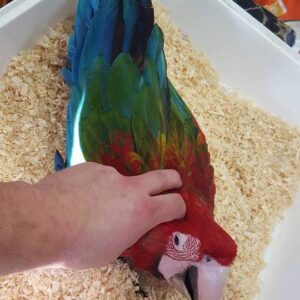

Reviews
There are no reviews yet.